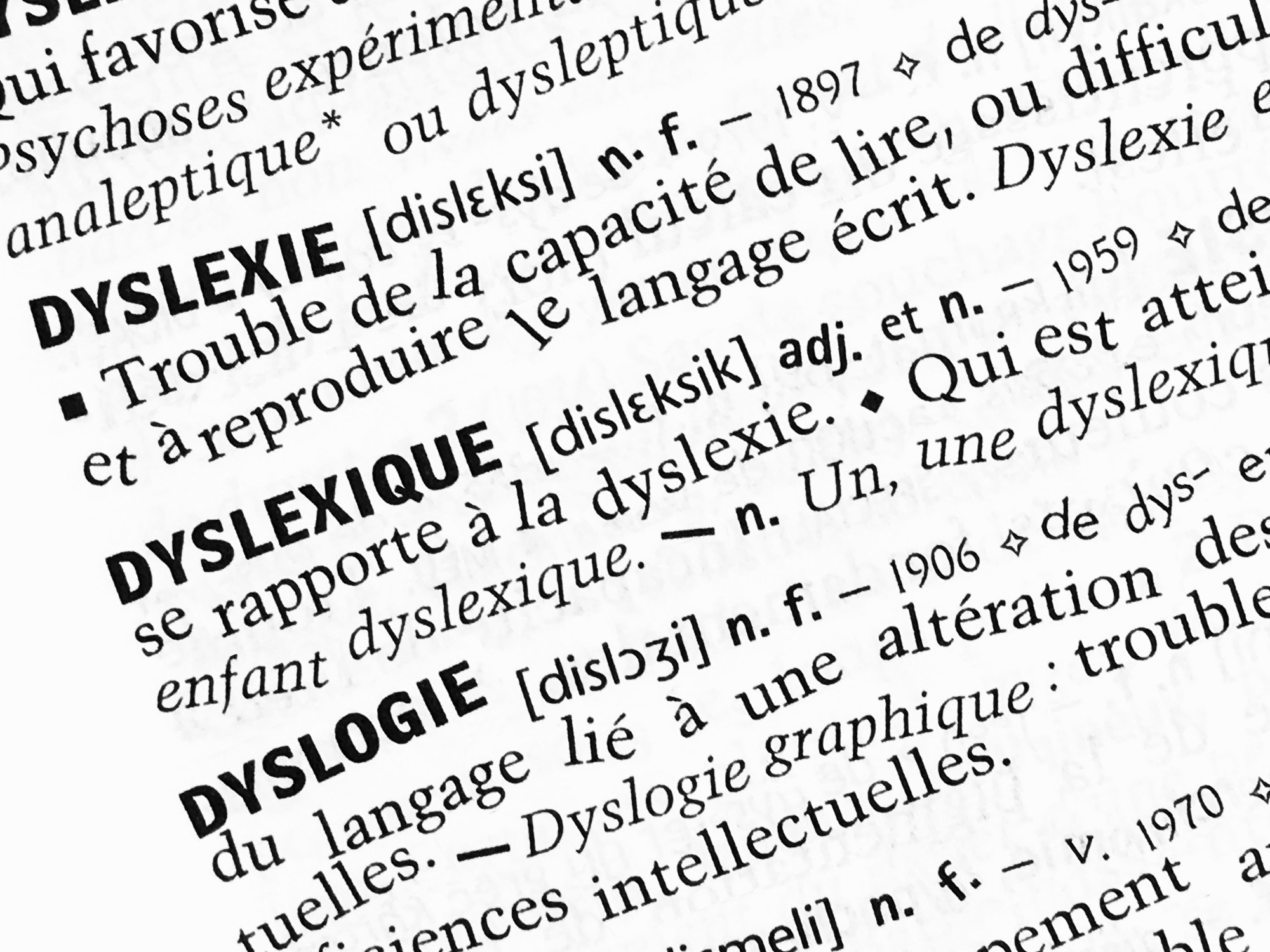Displaying dyslexia
Sofie Gagelmans zoomFor years, researchers and medical scientists have tried to formulate a clear definition for dyslexia. Unfortunately, they have failed to reach consensus due to the high variability of symptom patterns between people with dyslexia, which prevents the development of a standard treatment procedure. Therefore, instead of attempting to pin down dyslexia with a precise definition, it is arguably of greater utility to clarify what it means to be dyslexic.
A greater understanding of the disorder can be achieved by developing a tool that simulates what a person with dyslexia would see when attempting to read a number of words. In addition to this, the type of dyslexia and the gradations thereof can be simulated. Other variables such as word difficulty, size and typeface, serif or sans serif can be adjusted. This means that the tool can be customized to display an individual’s specific, personal version of the “disability”. For the first time, it will be possible for non-sufferers to fully understand the difficulties people with dyslexia are facing on a daily basis. The scope of this product requires us to tackle some ambitious challenges, however, when completed, it will aid in enabling the design of typeface solutions that will help mitigate the impact of dyslexia. Inevitably, this tool will help understand, spread awareness and open doors for further research that may revolutionize our relationship with reading and writing.
